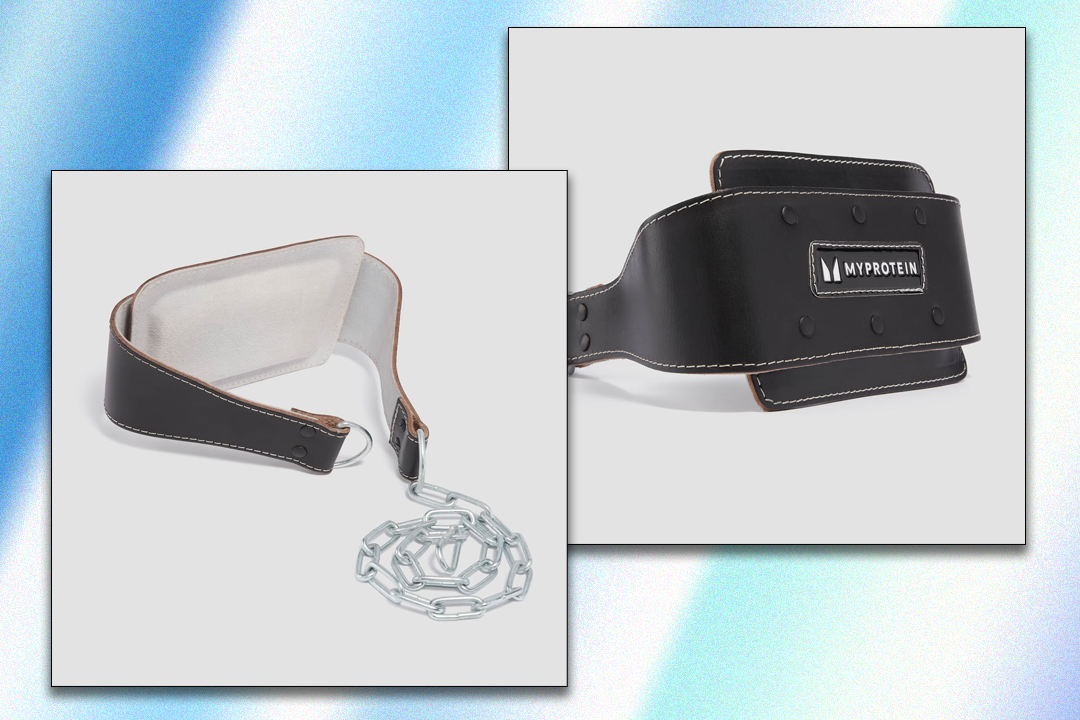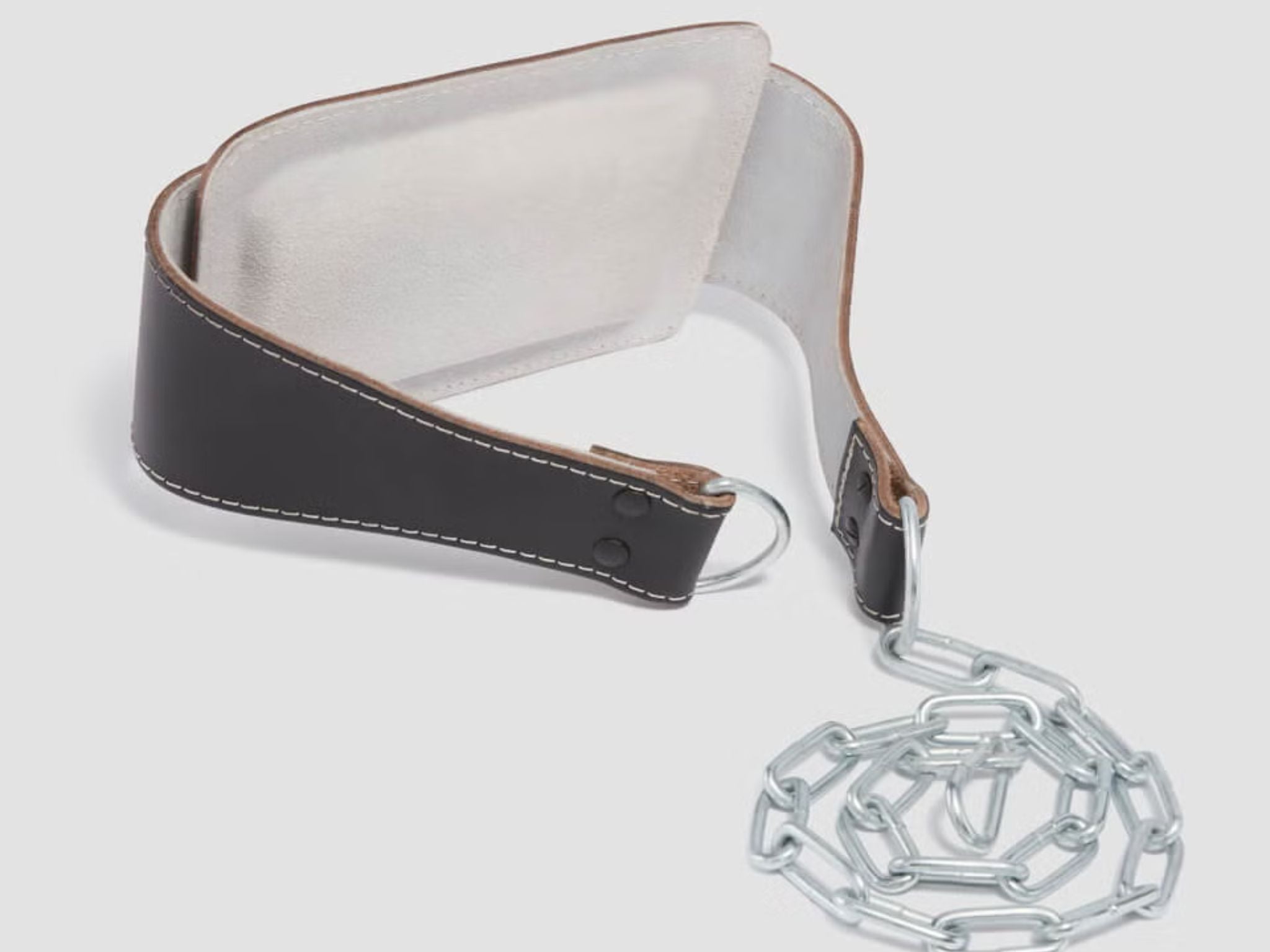Three ways a dip belt can help you build a bigger, stronger chest and back
The dip belt is an unsung hero for levelling up your pull-up game

Your support helps us to tell the story
From reproductive rights to climate change to Big Tech, The Independent is on the ground when the story is developing. Whether it's investigating the financials of Elon Musk's pro-Trump PAC or producing our latest documentary, 'The A Word', which shines a light on the American women fighting for reproductive rights, we know how important it is to parse out the facts from the messaging.
At such a critical moment in US history, we need reporters on the ground. Your donation allows us to keep sending journalists to speak to both sides of the story.
The Independent is trusted by Americans across the entire political spectrum. And unlike many other quality news outlets, we choose not to lock Americans out of our reporting and analysis with paywalls. We believe quality journalism should be available to everyone, paid for by those who can afford it.
Your support makes all the difference.Pull-ups and dips should be stalwarts in most strength training plans, with these two moves representing a fairly comprehensive upper-body workout on their own. But there’s a way to make this pairing even more effective: using a dip belt.
This simple training tool allows you to upgrade these exercises by increasing the load you’re lifting – all you need to do is slip your selected weight plates or kettlebells onto the belt’s chain, place it around your waist, then do your dips and pull-ups as normal.
Because pull-ups and dips are bodyweight exercises, the usual way to make them more difficult is simply to do more of them. But the ability to raise the weight you’re lifting gives you an extra (easy to measure) variable to play with, helping you slowly increase the difficulty of your training over time to fend off plateaus in your progress.
So, if you’re looking to build a broad back and fuller chest by levelling up your dip and pull-up game, a dip belt should definitely be on your fitness wishlist.
What is a dip belt?
A dip belt is a training tool that allows you to add weight to certain exercises such as pull-ups and dips. It consists of a strong chain which attaches to a thick, flat section (usually made of leather or padded fabric) at either end to form a large loop. One end of the chain is connected with a carabiner, so you can unhook it and attach weight plates or kettlebells to the dip belt – this is how you add weight.
When the weights are attached, you simply need to stand in the middle of the loop and lift the belt so the flat section sits against your lower back. The chain should then loop around the front of your body, with the added weight hanging between your legs. When the belt is securely in place, you’re free to waddle over to your work station (there’s no dignified way to do this, so make sure your pull-up bar is close at hand) and start your set.
What is a dip belt used for?
A dip belt is traditionally used for dips, pull-ups and chin-ups. It lends itself to these exercises because all three moves keep your body fairly upright, so the weights attached to the dip belt are able to hang towards the floor without getting in the way of your movements.
There are a couple of other possible uses for your dip belt too. You can use it for calf raises (simply load it up, stand with your toes on a sturdy, slightly raised surface and lift your heels up and down) and belt squats. For the belt squats, you’ll want to stand with your feet on elevated surfaces like plyo boxes or stacked bumper plates. This way, the weights hanging from the dip belt can fall through the middle without hitting the floor at the bottom of each squat.
Three benefits of using a dip belt?
A dip belt allows you to add weight to certain bodyweight exercises (chiefly, the pull-up, chin-up and dip), but why is this such a bonus? Here are three ways a dip belt can benefit your training.
It helps you use progressive overload
The body adheres to the SAID (specific adaptation to imposed demands) principle, meaning it adapts to handle the activities it’s consistently asked to do. This is why lifting a weight that challenges you is pivotal for sparking strength gains and muscle growth.
To continue this progress, you need to make your training gradually more difficult over time, in line with your increasing strength levels – this is called progressive overload, and it’s the guiding principle behind any successful long-term strength training plan. Gradually adding weight to your dips and pull-ups over time, using the dip belt, is a straightforward way to do this.
It’s easier to track progress
There are several ways you can increase the difficulty of an exercise for progressive overload; increasing your target number of sets and reps, slowing down the tempo of the exercise so your muscles are working for longer with each rep, or choosing a harder variation of a similar exercise (such as swapping a squat for a split squat).
But increasing the load you’re lifting is arguably the most straightforward and measurable way of applying progressive overload. Adding an extra 2.5kg plate to your dip belt every few sessions is a surefire way to make pull-ups and dips feel more challenging, and you can note down the weight you’re lifting each week to make sure your training is on an upward trajectory.
By doing this, you can increase your strength and your capacity to perform pull-ups and dips, helping build muscle in your chest, back, arms and shoulders.
It can help you build strength
Adding weight to dips and pull-ups can also be a handy tool for increasing strength. An article published in the Sports journal supports the idea that using a low rep scheme and heavy loads (one to five repetitions at 80 per cent or more of your one-rep max) is optimal for strength gains. Seasoned gym-goers will be able to crank out five-plus dips with little effort, but by adding more weight into the equation they can achieve a better stimulus for building strength with this exercise.
The dip belt to buy
Myprotein leather dipping belt: £26, Myprotein.com

This dip belt is designed to withstand the rigours of regular workouts. It has a heavy-duty padded leather back, a chain that can hold up to 100kg and it’s one size fits all, if you fancy sharing the benefits with your gym buddy. If you want portability, the Myprotein nylon dipping belt is a better port of call, weighing just 1.2kg and compressing more easily to fit in most kit bags. But for heavy lifters, this robust leather option is the way to go.
Read more: I swapped the gym for resistance bands for a week – here are three reasons why I loved it

Join our commenting forum
Join thought-provoking conversations, follow other Independent readers and see their replies
Comments